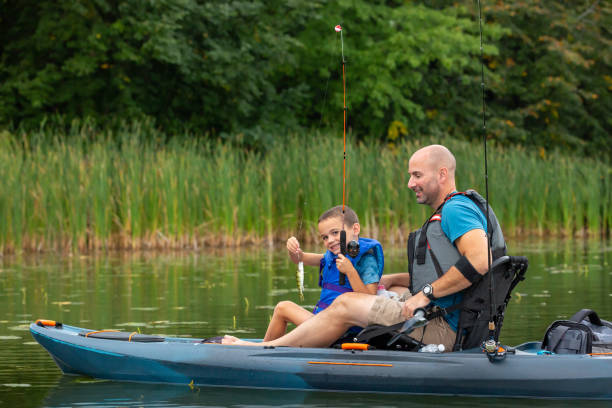Kayaking is a popular water sport enjoyed by millions of people all over the world. Whether you're paddling through calm waters or battling rapids, safety is always a top priority. One of the most essential safety tools for kayakers is the kayak whistle. In this blog, we will explore what kayak whistles are, their importance, and how to use them.
A kayak whistle is a small, handheld device that produces a loud, high-pitched sound. They are typically made of plastic or metal and come in a variety of shapes and sizes. They are designed to be attached to your personal flotation device (PFD) or life jacket, so they are always within reach in case of an emergency.
Kayak whistles are an essential safety tool for any kayaker, whether you're a beginner or an experienced paddler. They are particularly important in situations where visibility is low, such as in fog, rain, or darkness. In these conditions, it can be challenging for other boaters or rescue teams to locate you, so a loud whistle can help to alert them to your presence.
One of the main advantages of kayak whistles is that they are much louder than shouting. In a noisy or chaotic environment, such as during a rescue operation, it can be difficult to hear someone calling for help. A whistle, on the other hand, can be heard over a much greater distance and can cut through the noise of wind, waves, or engines.
There are also legal requirements for carrying a whistle while kayaking. In the United States, the U.S. Coast Guard requires that all kayaks and other non-motorized vessels carry a sound-producing device, such as a whistle or horn. Other countries may have similar requirements, so it's essential to check local regulations before setting out on the water.
Using a kayak whistle is straightforward. In an emergency, you should blow three sharp, distinct blasts on the whistle. This is the universal distress signal for boaters and is recognized by rescue teams all over the world. It is also essential to understand that you should only use your whistle in an emergency situation. Blowing it unnecessarily can cause confusion or panic among other boaters and could result in a false alarm.
It's important to note that kayak whistles are not a substitute for other safety equipment, such as a PFD or a waterproof communication device. A whistle is a supplement to these tools and can help to increase your chances of being rescued in an emergency. It's also important to ensure that your whistle is in good working order and easily accessible. Check it regularly for cracks, corrosion, or other damage, and replace it if necessary.
In addition to safety, kayak whistles can also be used for communication between kayakers. For example, if you're paddling with a group and need to alert others to a hazard, such as a submerged rock or a low-hanging branch, you can use a whistle to get their attention. You can also use a whistle to signal a change of direction, to indicate that you need assistance, or to get someone's attention from a distance.
In conclusion, kayak whistles are a vital safety tool for any kayaker. They are lightweight, easy to use, and can help to increase your chances of being rescued in an emergency. They are also a legal requirement in many countries and are an important supplement to other safety equipment. By understanding how to use a kayak whistle and keeping it in good working order, you can enjoy your kayaking adventures with greater peace of mind.

